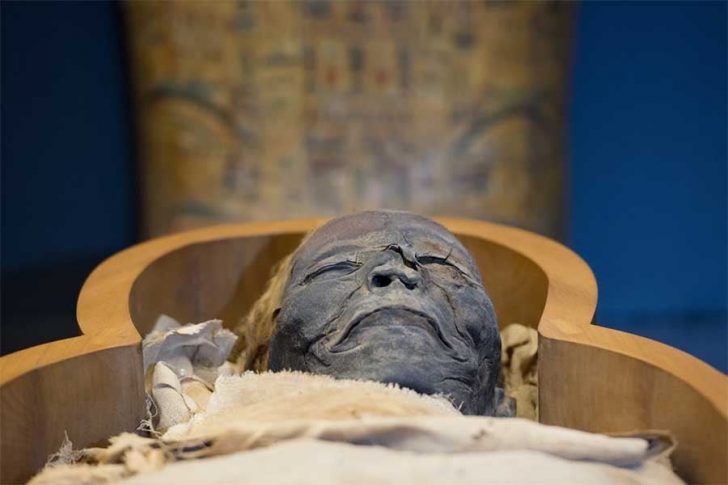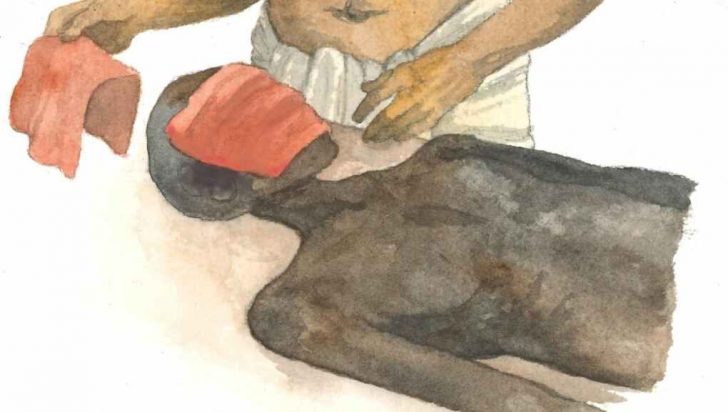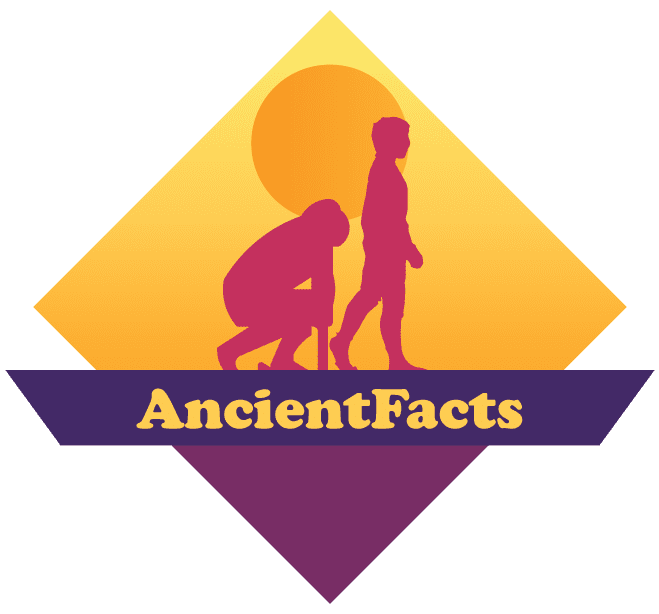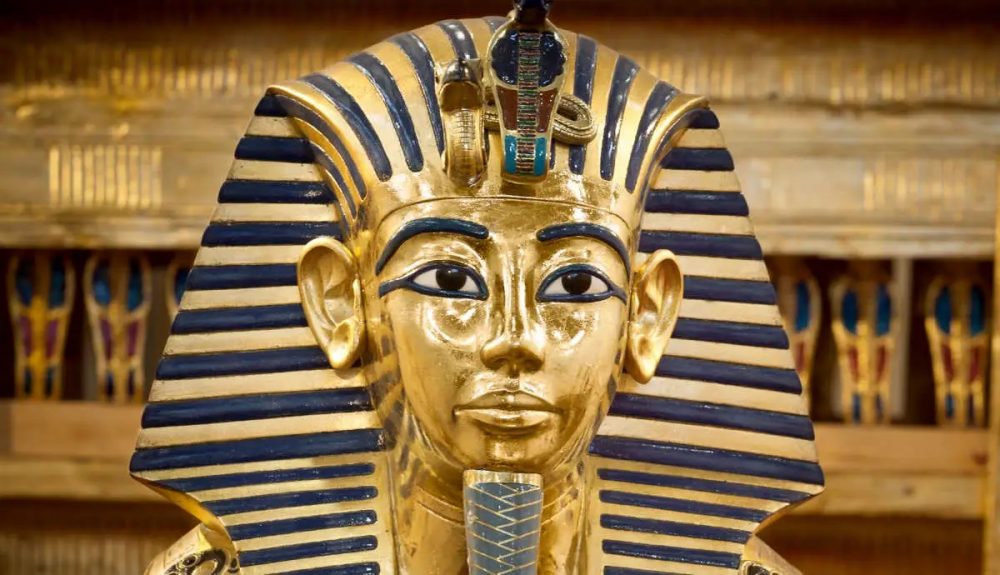Mummification is the ancient art of preserving the dead. It has long been a subject of both fascination and mystery. This enigmatic process is a blend of religious rituals and scientific techniques. Fairly so! It has captivated historians and laypeople alike. However, our understanding of this ancient practice has been largely speculative, until now.

Elle / Scientists have unearthed a groundbreaking find: The oldest known mummification manual, detailing the intricate process of embalming faces in ancient Egypt.
Nestled within the delicate folds of the 3,500-year-old Papyrus Louvre-Carlsberg, a team of researchers stumbled upon what can only be described as a historical treasure trove. This ancient manuscript, a blend of medical knowledge and religious lore, offers unprecedented insights into the secretive world of Egyptian mummification. The discovery is groundbreaking, predating previously known texts by over a millennium.
A New Chapter in Egyptian Embalming
For centuries, the specifics of mummification were shrouded in mystery. Existing texts were scarce, leaving scholars to piece together the process through artifacts and tomb paintings. The newly discovered manual changes the game. It dives deep into the art of embalming, particularly focusing on the face. A crucial aspect of the process, given the ancient Egyptians’ belief in the importance of the deceased's physical appearance for their journey to the afterlife.

GTN / A fascinating aspect of the manual is its detailed schedule of embalming procedures, spread over four-day intervals.
According to scientists, this meticulous process spans 70 days. It underscores the reverence and care the ancient Egyptians bestowed upon their dead. So, each step reflects a deep understanding of the human body and a commitment to preserving it for eternity.
The Journey of the Papyrus
The Papyrus Louvre-Carlsberg's journey to the limelight is as intriguing as its contents. Part of this precious document resides in the renowned Louvre Museum in Paris, while the other section is safeguarded by the University of Copenhagen.
Thus, this division hints at a past tangled in the complexities of private ownership and historical preservation. Despite some pieces being lost to time, the surviving sections offer a rare glimpse into an ancient world.

The Talks / Standing as a testament to the ingenuity of the ancient Egyptians, the Papyrus Louvre-Carlsberg fills a significant gap in our understanding of mummification.
By pre-dating other known texts by a thousand years, it provides a critical link in the evolution of this sacred art. Thus, it offers scholars a richer, more nuanced picture of ancient Egyptian culture and practices.
The Future Unfolds: A New Era of Understanding
The impending publication of the papyrus in 2022 by the Louvre and the University of Copenhagen marks the beginning of a new era in Egyptology. However, this manual does not only enhance our understanding of mummification. But it also opens new avenues for exploring the intersection of religion, medicine, and culture in ancient Egypt. Scholars and enthusiasts alike await eagerly to delve into this ancient manual, hoping to unravel more secrets of the Egyptian world of the dead.
Thus, the discovery of the Papyrus Louvre-Carlsberg is more than just a finding of an ancient text. It is a portal into the past. Something that offers a vivid glimpse of the complexities and intricacies of ancient Egyptian mummification practices. So, as we await its full publication, we stand on the brink of a deeper understanding of a civilization that continues to fascinate and inspire, thousands of years after its zenith.




